For Prof. Emmanuel Mazor from the Department of Environmental Sciences and Energy Research at the Weizmann Institute of Science, the Negev is a treasure trove of Genesis landscapes. These landscapes pose a double challenge - both in preserving the few natural values that have not yet been touched by the hand of man, and as an extensive and fruitful field for scientific research
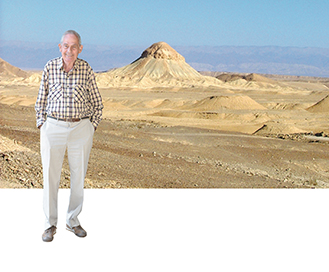
In recent decades, Prof. Mazor has combined a number of research methods, including satellite imaging, computer mapping, and various field tests, with the aim of investigating the center of the Negev in detail. He defined and characterized 35 separate areas, each of which is characterized by unique geology, tectonics, flora and fauna, archeology and history. One of the most impressive areas in the Negev is the Ramon Crater and its surroundings. About a decade ago, Prof. Mazor played a central role in the declaration of Ramon Crater as a nature reserve. Thanks to his efforts, the reserve also includes an educational center and a research center. These days, Prof. Mazor continues to work to preserve the landscapes of the Negev in several directions, such as attempts to reduce polluting and destructive mineral mining works, and training the populations living in the Negev, with the aim of instilling values of living in harmony with the environment. Prof. Mazor recently won several awards for his achievements: Lifetime Achievement Award for Environmental Protection from the Ministry of Environmental Protection, Magashim Israel Yaffe Award from the Council for Israel Yaffe, and a medal for activity on behalf of society in Israel in the field of earth sciences from the Israel Geological Society.
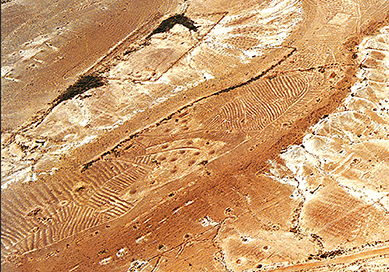
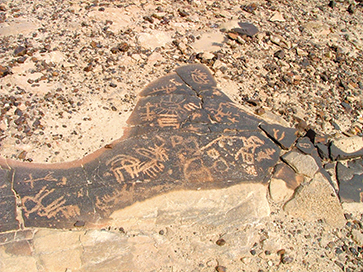
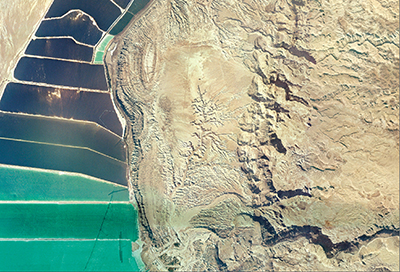
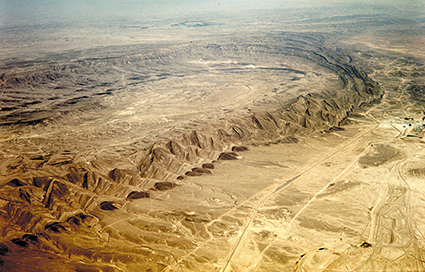
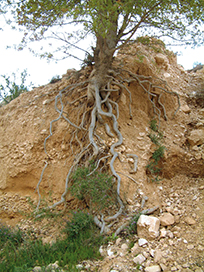

2 תגובות
There is an error in the first paragraph, it should be for Prof.
What is 'natural value'?